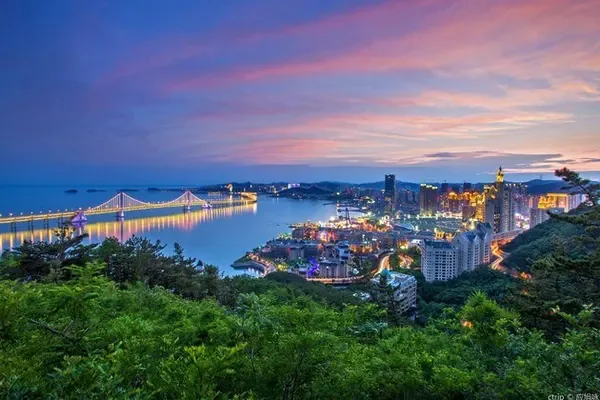introduce
Lama Temple is a rare royal temple of the Gelug Sect (Yellow Sect) of Tibetan Buddhism in Beijing. Historically, it was the residence of Yinzhen (Emperor Yongzheng), the fourth son of the Qing Emperor, and the birthplace of Emperor Qianlong. Later, it was changed to a Yellow Sect temple, and the incense was very prosperous. There are many precious ancient buildings and cultural relics in the temple, which are worth visiting.
Sino-Tibetan combination
One of the characteristics of Lama Temple as a temple is that it is a fusion of the two major schools of Buddhism, Chinese and Tibetan. When you visit Lama Temple, you can see the big belly Maitreya Buddha of Chinese Buddhism in the Temple of Heaven, and you can see it in the Falun Hall. See the bronze and gilt statue of Master Tsongkhapa of Tibetan Buddhism. In addition, the arrangement of the Four Heavenly Kings in the Hall of Heavenly Kings and the "Third Buddhas" in the main hall of Lama Temple are also different from those in the Han Dynasty temples.
precious cultural relics
The Lama Temple also houses treasures donated to the royal family and the temple by the Tibetan local government in the Qing Dynasty (part of the collection can be seen in the two cultural relic exhibition halls of the Panchen Lama Building and the Jietai Building). There are many Buddha statues, thangkas and a large number of precious cultural relics in the halls of the temple. Among them, the Five Hundred Arhat Mountains carved with red sandalwood, the large Buddhist altar carved with golden nanmu and the 18-meter-high white sandalwood Buddha are the three wonders of the Lama Temple's woodcarving craftsmanship. The Maitreya Buddha in the Wanfu Pavilion is the most famous. It is 18 meters above the ground and 8 meters buried underground. It is carved from a complete white sandalwood tree. The tree originated in Nepal and was later dedicated to Emperor Qianlong.
tour route
The main building complex of Lama Temple is composed of archway, Zhaotai Gate (Shanmen Gate), Tianwang Hall, Lama Temple Hall, Yongyou Hall, Falun Hall, Wanfu Pavilion, Panchen Tower and Jietai Tower. There are also East and West Side Halls, " Four School Hall" and other buildings. You can walk along the central axis to visit the Lama Temple. The roads in the scenic area are not complicated, and it is easy to find the temples.
Buddhist activities
In addition to the regular pujas in the mornings of the first, tenth, fifteenth, and thirtieth mornings of each lunar month, Lama Temple also holds major religious activities every year. During the rituals, the number of tourists and believers will increase a lot. For detailed Buddhist activities, please see the official website: http://www.yonghegong.cn/node_7048463.htm.
Attractions nearby
Lama Temple and Guozijian are separated by a road, very close; walk about 200 meters north from Lama Temple to Ditan Park; walk east for about 15 minutes, is Dongzhimen Street, also known as "Gui Street", which is a restaurant in Beijing street.

opening hours
April 1st-October 31st 09:00-17:00 (ticket sales end 16:30); November 1st-March 31st of the following year 09:00-16:30 (ticket sales end 16:00)
Preferential treatment policy
must see tips
1. Every year on the first day of the Lunar New Year, there are a lot of tourists who come to burn incense. At this time, the Lama Temple is very crowded. It is recommended to try to avoid visiting at this time.
2. Lama Temple has free incense collection places on the left and right sides of Zhaotai Gate, and it advocates civilized incense offerings. Only three incense sticks are lit, and pilgrims do not need to bring additional incense candles.
3. Filming is prohibited inside the Lama Temple.
